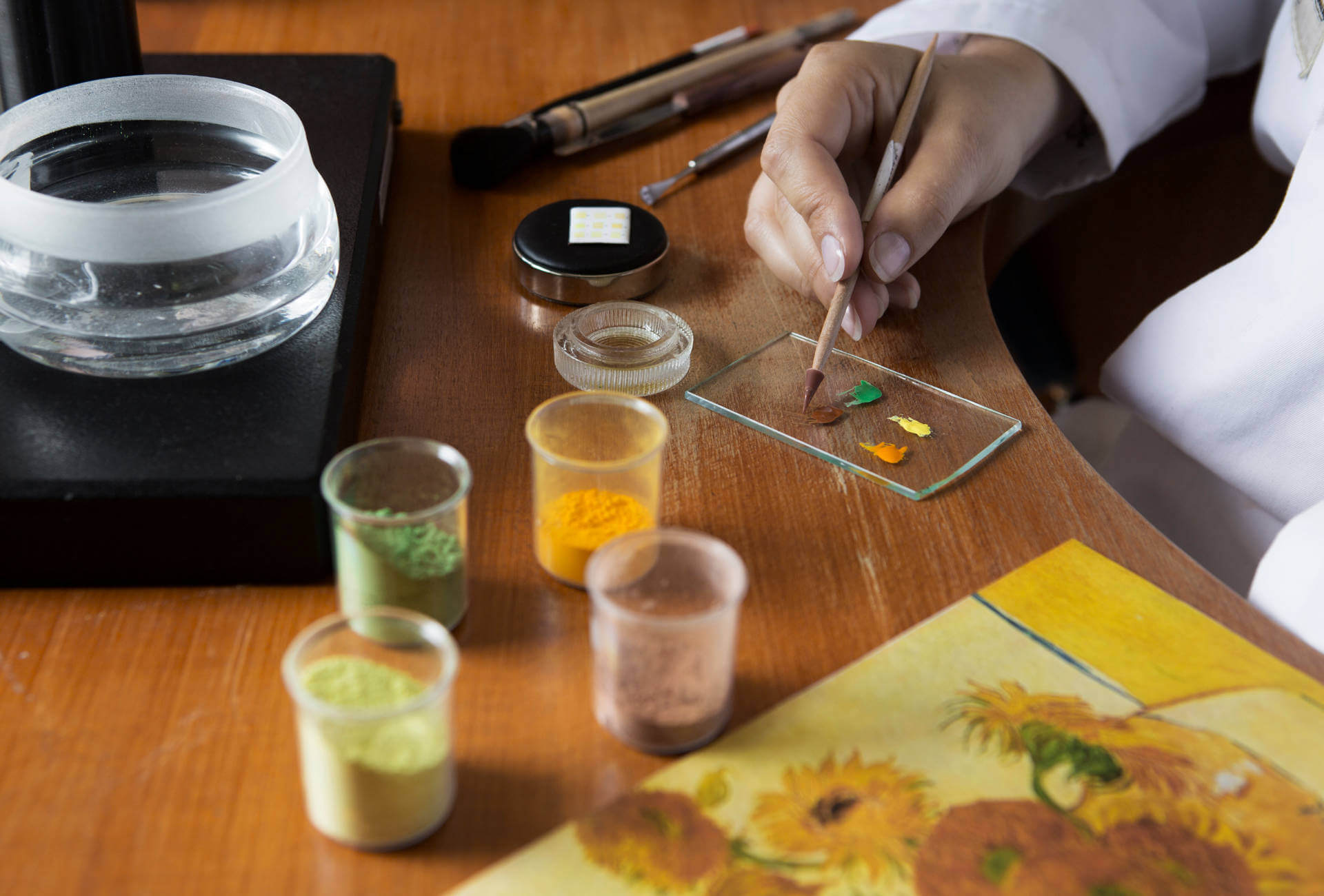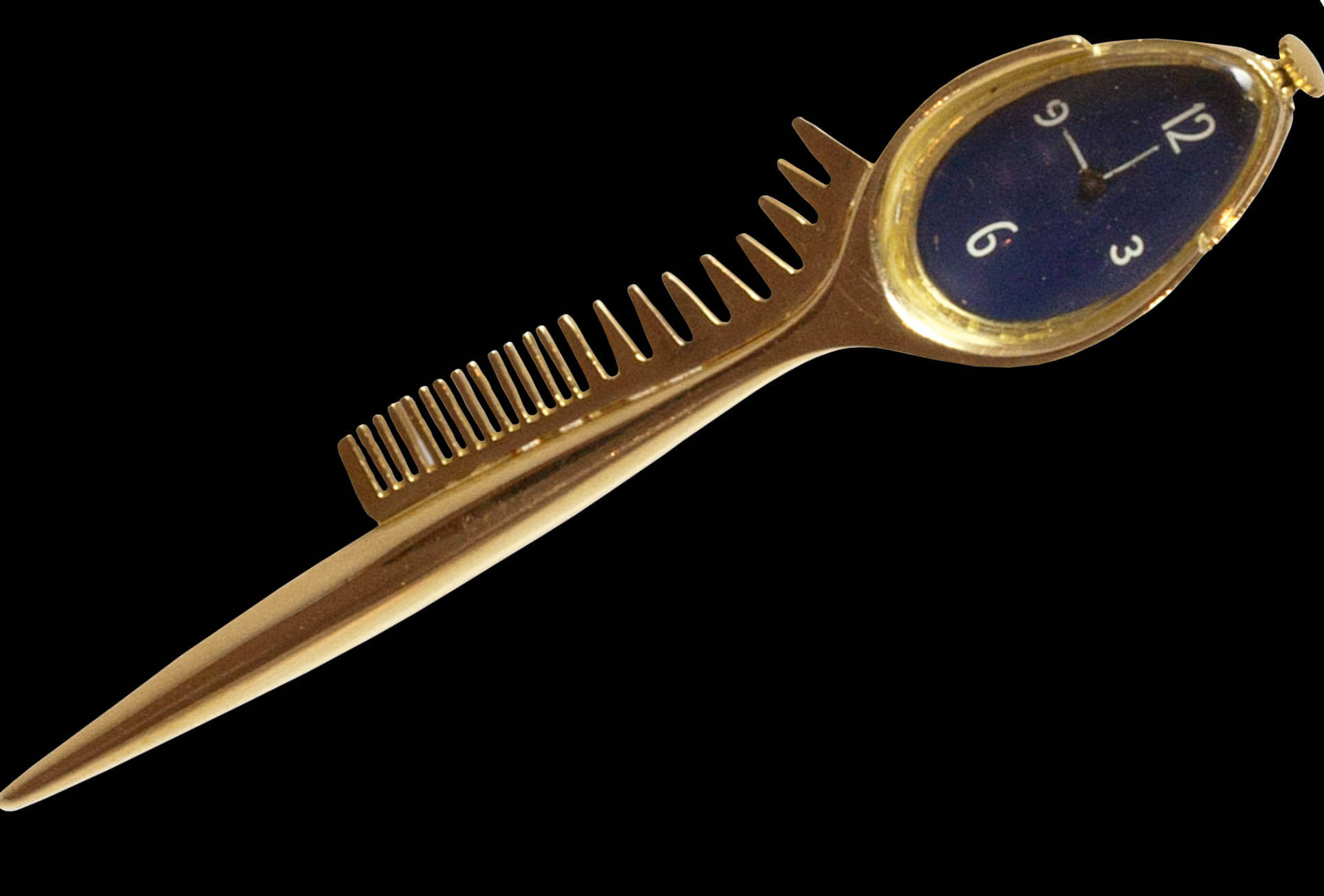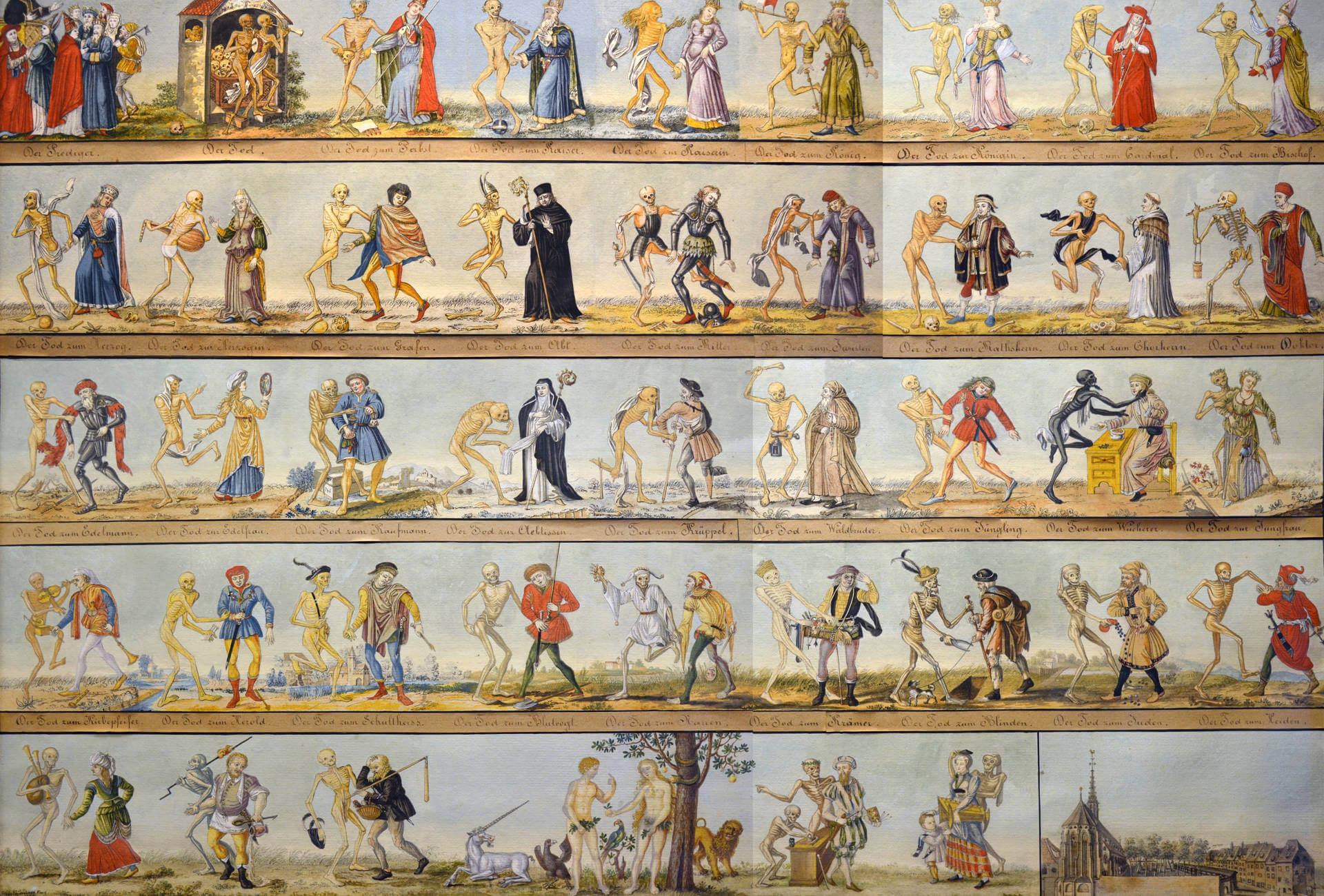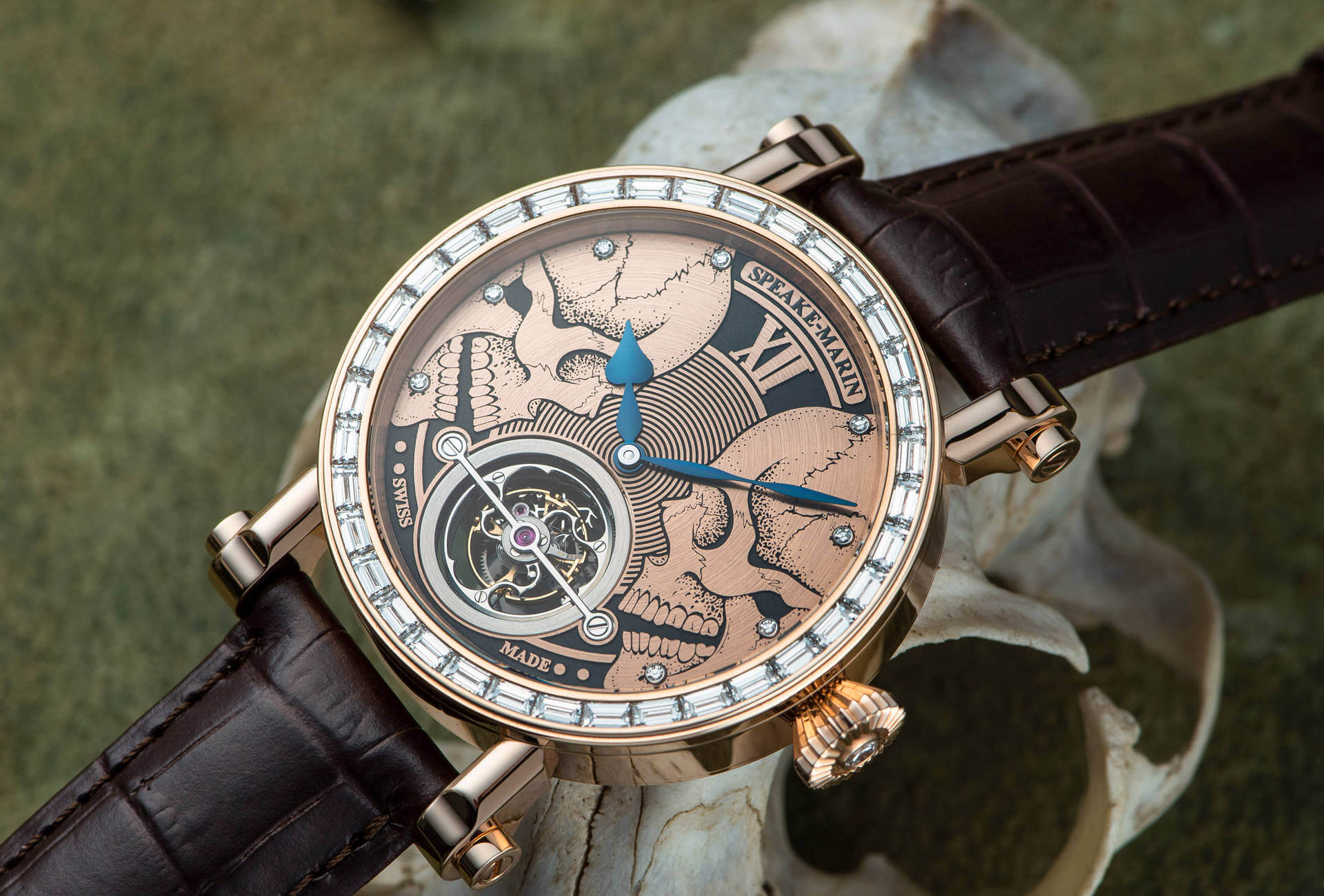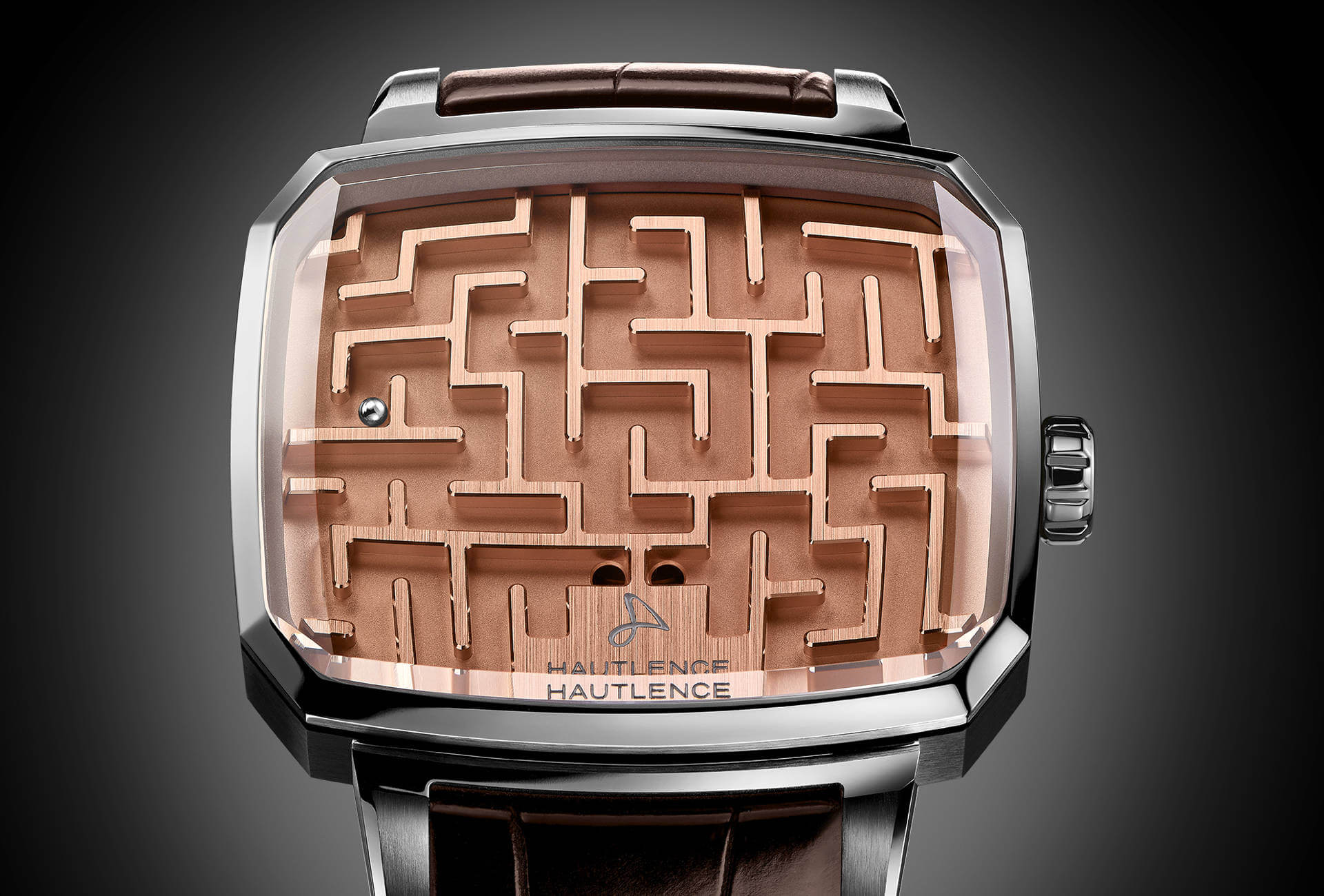Botticelli’s The Birth of Venus, the Venus of Urbino by Titian, the Rokey Venus (or Venus at her Mirror) by Velasquez, the Venus Anadyomene by Ingres. No fewer than four Venuses, four muses heralding a series of enamelled watches, the work of artisans at the service of Jaeger-LeCoultre. Artisans or artists? As we are reminded in the literature produced on these occasions, “enamel miniature painting is one of the rarest and most precious of all the pictorial arts.” The object is designated a “masterpiece”, minus even the inverted commas. One could, after all, on semantic grounds, question whether such an object, however “artistically” made, however magnificent, can truly be called a “work of art”.
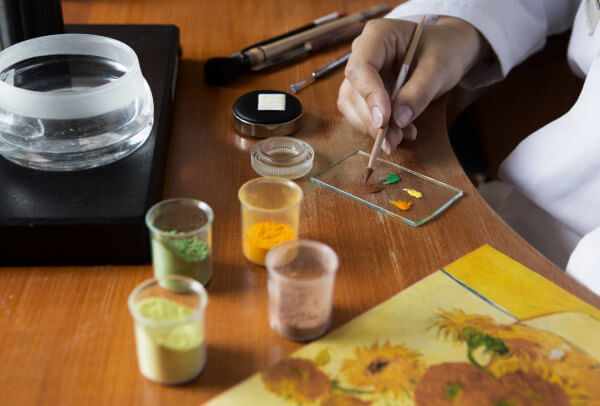
No-one is doubting that “the creation of such a masterpiece in this small a size calls for weeks of intense concentration, extraordinary patience, meticulous care and dexterity – as well as time itself which remains the measure of all things, since making a single dial calls for between 80 to 150 hours of exceptionally accurate fine craftsmanship.” But can patience, meticulousness, dexterity and accumulated time suffice to give the measure of an artwork, whose essence goes beyond these qualities alone. We cannot gauge a piece of art by the number of hours spent working on it. It can take a lifetime to burst forth, or a single second. Patience is not always a virtue; we must sometimes let our emotions run amok and send tools and brushes flying. It takes concentration, but sometimes blind rage and immoderation are the only means. We have even witnessed certain artworks that exhibit not the least “dexterity” and which still possess an undeniable force.
Does watchmaking suffer from an artistic complex? It knows it stands on ambiguous ground, part art, part technique, and yet is unable to resign itself to its role as a utilitarian machine whose duty is to give the time (and why not!). Yet still it yearns to be recognised as an “art” in its own right. Is this an intention proclaimed loud and clear, or an unconscious desire? The temptation is great to slip into this noble circle alongside art’s most celebrated Venuses, but is there not a better way to achieve this than a miniature transposition of a famous (and preferably universally recognised) painting? Is the complexity of such an undertaking or the undeniable beauty of the finished piece enough?
"This is a pipe", the watchmaker might say, paraphrasing Magritte while putting words into his mouth.
The inevitable hands
The “temptation of art” is all the more forceful as the timepiece in all its forms, from clock to pocket watch to wristwatch, lays itself open to decoration. Each dial offers a blank, or almost, canvas. Nothing but the regular sweep of two hands, at least, and possibly a succession of numerals or symbols behind an aperture. It even has a ready-made “frame” around it, and a hanger, which might be its four feet, its chain, or the strap to which it will affix itself.
And so this “canvas” comes with conditions attached, the most delicate being what to make of the hands. This is the dial’s fundamental problem, one might say, its truth. Hands that are congenitally linked to it and a reminder of its utilitarian origin, constantly repeated as they cast their shadow over “art’s domain”. As if to distract us from this alienating status, watchmaking takes refuge in pictorial classicism. A form of artistic reassurance. A legitimacy achieved by reproducing, in precious, miniaturised form, what everyone or almost everyone will immediately recognise – whether by its style, subject or fame – as “a work of art”. “This is a pipe”, the watchmaker might say, paraphrasing Magritte while putting words into his mouth.
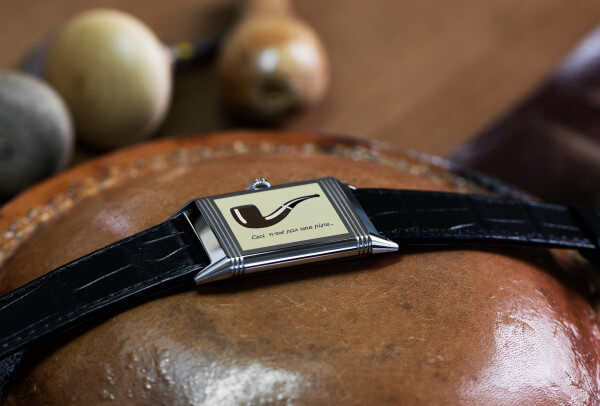
Out of step
Originally, the two coincided. Horology came about in the same age as Dutch painting and that of the Italian Renaissance. Painting broke free from the influence of the clergy and Biblical or Evangelical subjects, the only ones tolerated, and began instead to depict landscapes, towns, battles, bawdy mythological scenes, figures of authority, merchants, and later the bourgeois. Meanwhile, the instruments of time were entering their first phase of miniaturisation. They came down from their lookout, perched high in towers and steeples, and entered castles, enthroned in royal state rooms, or found their way into wealthy homes as symbols of modernity, prominently displayed at the table of high-ranking individuals.
Horology was a “new technology” in keeping with its era. Ahead of its times, even, to a certain degree. It also played a political role by gradually dispossessing the Church of its privilege to pronounce and dictate the time. It opened the oceans and ushered in historic periods of trade and colonial enterprises. Horology was an affair of State.
The dials of these early clocks, table clocks and later pocket watches, whose covers cried out for embellishment, were quickly and naturally “repurposed” as supports for painting, enamelling and engraving. The choice of style and subject exactly coincided with art’s new-found freedom, a practice that was spreading across Europe. They became the backdrop for country scenes, allegories, tormented skies, romanticised saints, heroes of mythology, nudes… portraits too, as pocket watches continued to make their way. These were often likenesses of the watch’s owner, giving instruments of time a new role as a vanitas. Memento mori delivered a philosophical message, and watchmaking was not spared these reflections on life and death.
Horology stands still
As little by little painting changed, horology failed to follow in its wake. Could it have, anyway? Painting gradually broke free of the subject and distanced itself from its original function to offer faithful reproductions and realistic forms. Impressionism paved the way for artists to explore pure light and colour; Cubism blew forms apart. The subject became abstract then disappeared completely. The likes of Malevich and Mondrian transformed painting into a pure idea, sensation or matter, depending on one’s point of view.
How could horology have gone on coinciding with such a vast evolution without completely abandoning its utilitarian purpose, its very raison d’être? And so it continued in its classical, figurative vein, almost single-handedly perpetuating a classicism which had long been confined to the admiring eyes of visitors in darkened museum galleries. With the possible exception of the Surrealist period, and the odd attempt to assimilate and prolong artists’ dreams in horological form, such as Dalí’s 1957 Cuillère avec montre-peigne (spoon with comb), watchmaking has remained largely true to its historic classicism.
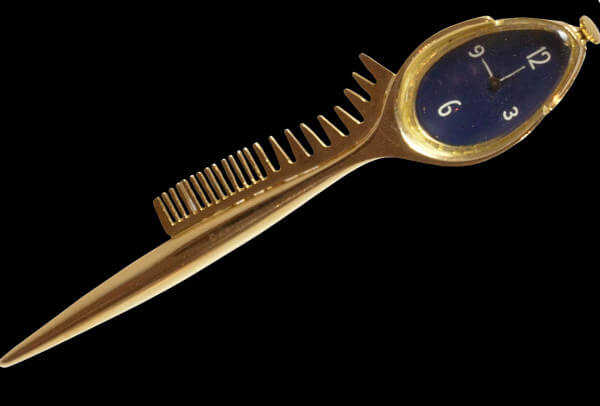
How many flowers, exotic animals or country landscapes have we seen, and are still seeing today! As though horology were unable to let go of its golden age; an age in which it flourished along with its times. By conserving the same imagery, by offering such a nostalgic reflection of an idyllic past, it condemns itself to grow old.
Playing with art
Apart from a few rare attempts, watchmaking has only recently dared set foot in new territory and draw on other pictorial inspirations that are closer to home. Little by little, Impressionism has been admitted into horology’s repertoire, as has modern painting. Once again we can look to Jaeger-LeCoultre whose Reverso is, it must be said, unique in its genre. It presents two “canvases”, one of which is a wide-open space unencumbered by hands. Recently, the Manufacture dedicated a series of watches to Van Gogh who, true enough, has become a “classic” in his own right. His Self Portrait or his Sunflowers in enamel glimmer behind shutters. The watch is a jewel which exhibits or conceals art, and plays with its representation.
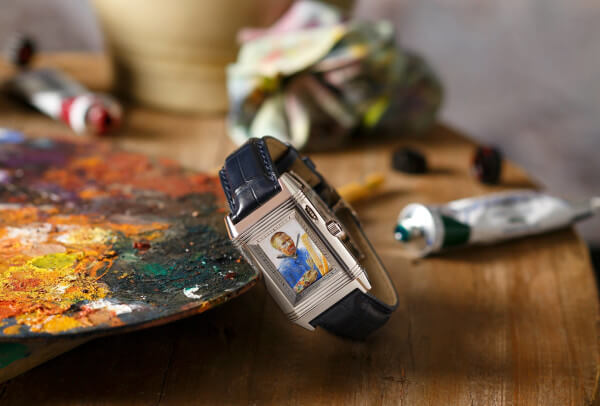
Another series springs to mind too, this one given over to Magritte. The Belgian Surrealist’s absurd figurative painting has become something of its own hallmark, widely appreciated and immediately identifiable as belonging to the circle of art.

Vacheron Constantin is another example. The Geneva Manufacture has broken free of a certain classical imagery in its treatment of Degas and his dancers, or to propose a marvellous enamel reproduction of Chagall’s ceiling for the Garnier Opera House in Paris. It is the work of the incomparable enamel artist, nay star, Anita Porchet, the author of so many of the most interesting and innovative creations.

Even so, the ultimate cohesion between art and watchmaking lies perhaps in Vacheron Constantin’s series inspired by the dizzying graphic work of M.C. Escher. Decorative as they are, the Dutch engraver’s illusions possess an additional quality: they are also allegories of Time, these kafkaesque labyrinths that take shape with the regularity of clockwork. More than mere ornamentation, this inspiration gives meaning to the instrument of time. And questions it. Which is surely one of the main reasons art exists?
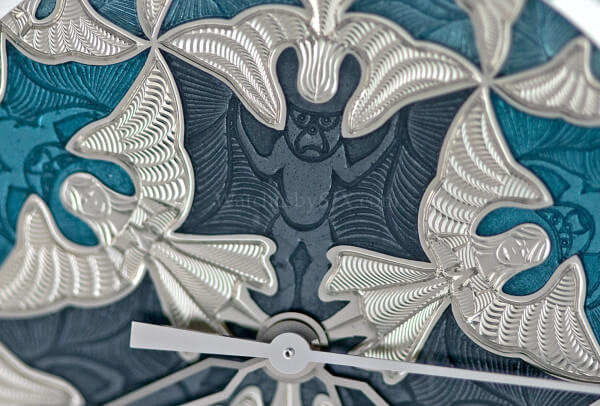
For the most part, though, these reproductions are destined simply to be recognised. Watches offer themselves as a support for art. Which does not mean they are automatically transformed, as if by transubstantiation, into an autonomous and legitimate work of art themselves.








